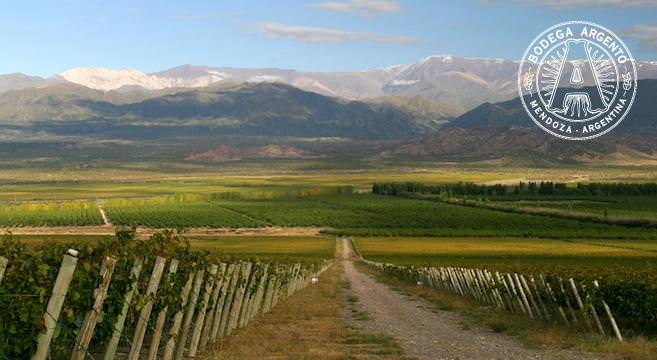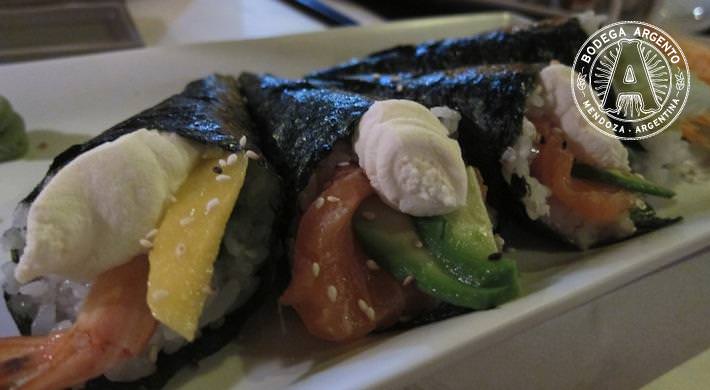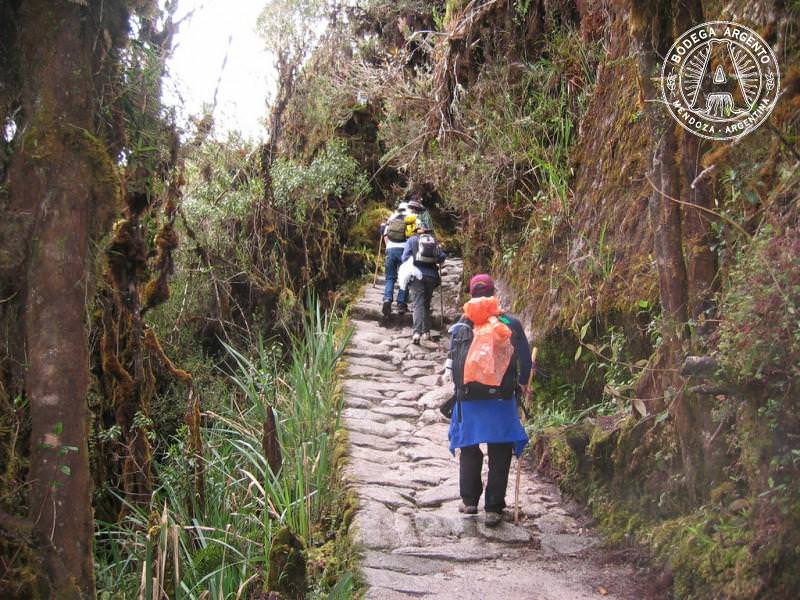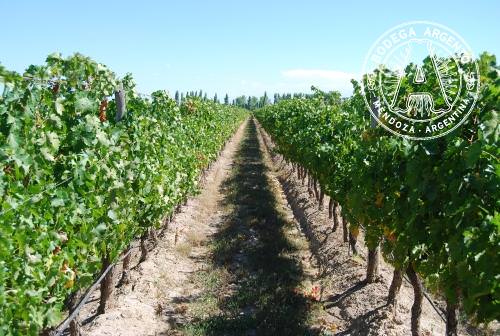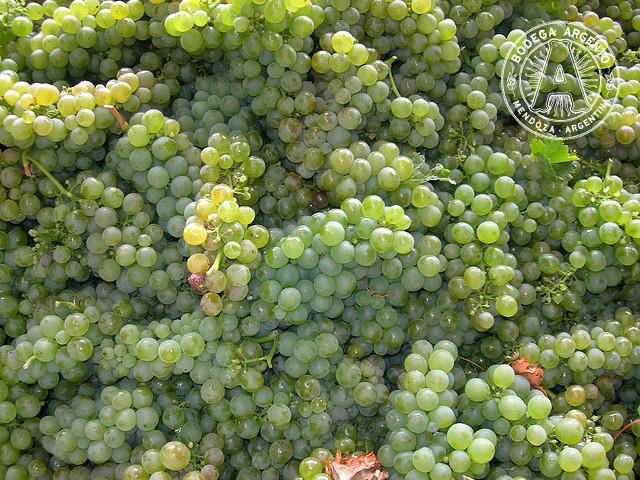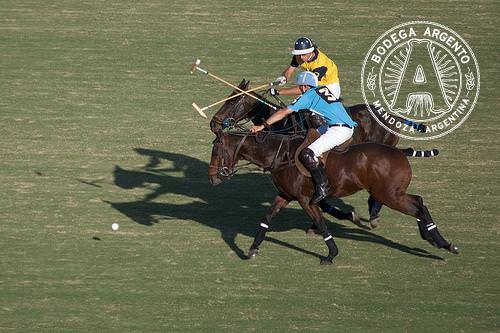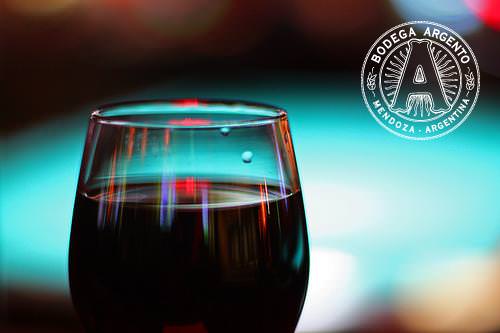Author: Tom Bruce-Gardyne
Having worked his passage from London to Buenos Aires, Tom spent his gap year travelling round South America. Years later, while teaching English in Santiago he got into wine and returned to work in the trade in the UK and Italy. Since 2000 he has been a full time journalist, has written three books on Scotch whisky and has just won the Louis Roederer 'regional wine writer of the year award' for his weekly column in the Glasgow Herald.
Having worked his passage from London to Buenos Aires, Tom spent his gap year travelling round South America. Years later, while teaching English in Santiago he got into wine and returned to work in the trade in the UK and Italy. Since 2000 he has been a full time journalist, has written three books on Scotch whisky and has just won the Louis Roederer 'regional wine writer of the year award' for his weekly column in the Glasgow Herald.
Had the Americans put the democrat John Kerry in the White House instead of re-electing George Bush in 2004, things might have been very different. How different is impossible to say, but it certainly changed the life of Michael Evans, one of Kerry’s campaign managers. Desperate for a break after the election defeat, Evans bought a return ticket from Los Angeles to Buenos Aires. “I came literally for a vacation and just expected to be here a couple of weeks.” Eight years on, he’s still there.
As the second biggest wine region in Argentina, San Juan is the source of one in five bottles of Argentine wine and has around 50,000 hectares (120,000 acres) of vineyards. The first plantings were made by the Spanish soon after the city of San Juan de la Frontera was founded in 1562, and probably a few decades before vines spread further south. Its longest surviving winery…
It’s easy to get carried away with the stereotypical image of Argentina as the land of red meat, but there is far more to Argentine cuisine than empanadas and steak. Which is obvious when you think of the ingredients that make up this country – Hispanic, pre-colonial and endless waves of immigrants, all mixed together in a rich stew. Scratch a little deeper and you will uncover all kinds of other influences. The country’s modern chefs have drawn on regional dishes beyond the Pampa and its famous grass-fed beef cattle…
Real travel, as opposed to taking a few weeks holiday from work, can be hard to justify unless you are retired or travelling is what you do for a living as a writer or film maker. For the rest of us, the idea of spending months on end in some far-flung continent just for the sheer adventure of it all sounds self-indulgent – especially in these tough times, and especially if you are a student.
When Luigi Bosca, a top wine producer from Mendoza, made his first appearance at the London Wine Fair in 1993 people shuffled up to his stand, looking curious. “Does Argentina actually make wine!?” How times have changed…
New Zealand’s Cloudy Bay Sauvignon Blanc – a wine described as a “bungee jump into a gooseberry bush”, celebrates its 25th birthday this year. The country’s most iconic wine managed to kick-start the great Kiwi invasion of the wine shelves and in doing so helped launch a whole new generation of intense, grassy, nettle-scented Sauvignons.
Yet for all its popularity, it is just one style of this mouth-watering wine. For those who have grown tired of nettles and gooseberries, or who simply want to explore what else this versatile grape can offer, a trip to Argentina could well be an eye-opener.
“When I first heard about Santi, I thought he was like all the other kids that play polo – rich, privileged and born with a silver spoon in his mouth,” says Nathaniel McCullogh, the English director of the recently released documentary film ‘The Polo Kid‘.
The film follows Santi as he tries to climb the ladder towards the pinnacle of a 10-goal handicap. It moves from Florida to Mexico and then to Argentina, the game’s spiritual home and birthplace of Santi’s polo-playing father to whom the film is dedicated. Miguel Torres was a professional player who emigrated to America in the 1980s and who died during filming…
Notwithstanding what happened recently in South Africa, there is one sport where Argentina dominates the world, and has done for over seventy years. Polo is a true national sport in the country and its popularity is second only to football. Championship matches in Argentina’s two biggest polo fields, in Palermo (in downtown Buenos Aires) and at the Hurlingham Club in the suburbs, attract huge crowds. During the season, games are televised almost daily…
Millions of years ago the Highlands of Scotland were as high as the Himalayas until steadily worn down by winter snow, ice and rain. Today they peak at a modest 4,409 feet in the shape of Ben Nevis whose summit is a relatively easy climb that does not require oxygen. Still it’s more impressive than Holland’s highest point which is apparently somewhere in the middle of a supermarket car-park. If you live in a comparatively flat country like Britain, it is hard to really imagine the effect of altitude, unless you travel. For me it hit home when back-packing through Bolivia years ago. I will never forget…
Argentina’s second most planted grape variety is a bit of a mystery. Bonarda, which may be the same as a Californian grape called Charbono, is believed to have slipped into the country during the 19th century, brought here by immigrants from northern Italy. In Piedmont, home of Barolo and Barbaresco, there are three different grapes of this name and no-one really knows which one travelled to the Argentine…



